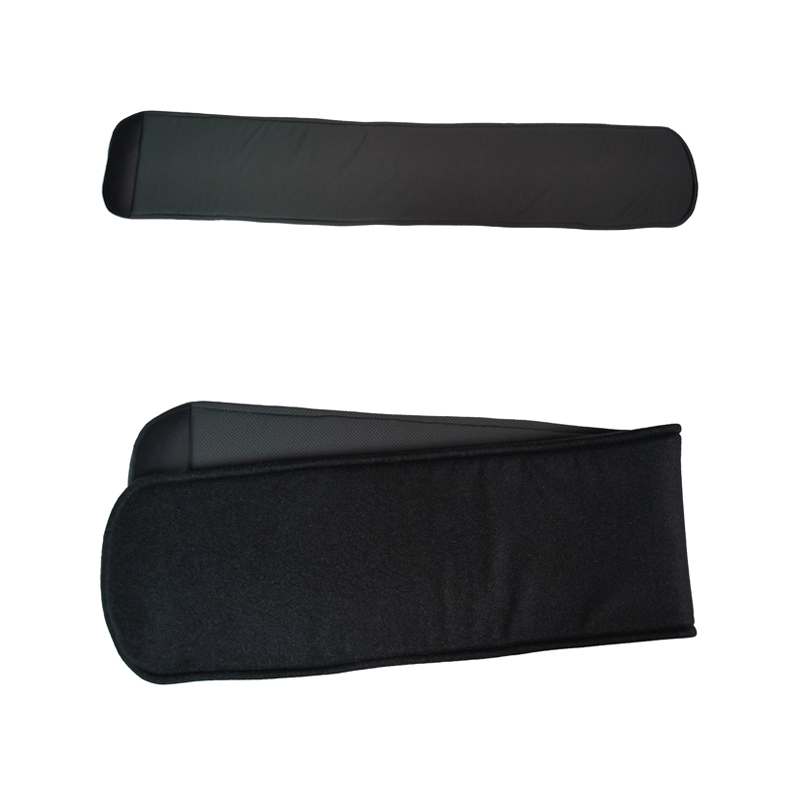Functional protective belts are typically used by people who play physical sports or in occupations that involve repetitive movements or heavy lifting. They provide support and balance to the waist and lower back, reducing the risk of bruises, sprains and other accidents.
Nylon is a commonly used material in
Functional Protective Waist Band due to its strength and durability. It provides excellent assistance and compression to help stabilize the musculature, tendons and ligaments in the lumbar and lower back area. Nylon waistbands are also known for their moisture-wicking properties, which help keep your skin dry and comfortable during your physical health journey.
Polyester is another commonly used material in belts. It is known for its breathability and versatility while keeping in mind a comfortable fit and easy movement. Polyester waistbands are often used in sports and athletics because they can provide assistance without restricting mobility.
Spandex is a stretchy material often used in waistbands to enhance flexibility and a tight fit. It allows for a wide range of movement and adapts to the natural movement of the frame, providing the most reliable support and compression.
Neoprene is a synthetic rubber cloth commonly used in waistbands due to its excellent compression and insulation properties. Neoprene belts are often used in rehabilitation and physiotherapy settings because they can aid blood flow, reduce infection, and provide greater support to injured or weak areas of the waist and lower back.
Some functional protective belts may have these substances integrated or additionally added to maximize their effectiveness. For example, a waistband can also have a neoprene center for compression and guidance, and nylon or polyester panels for breathability and flexibility.
In addition to material selection, belts can also include non-flexible or semi-rigid panels or reinforcements to provide targeted support and security. These panels are often strategically placed to provide greater balance to the lumbar and prone areas of the back.












